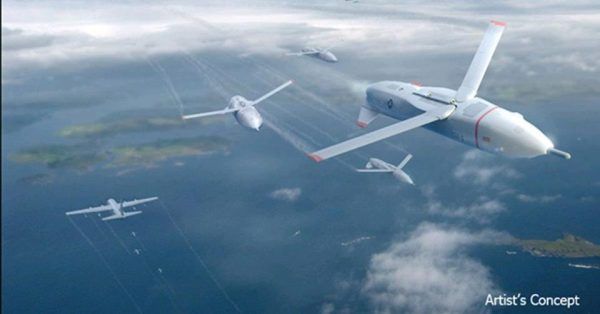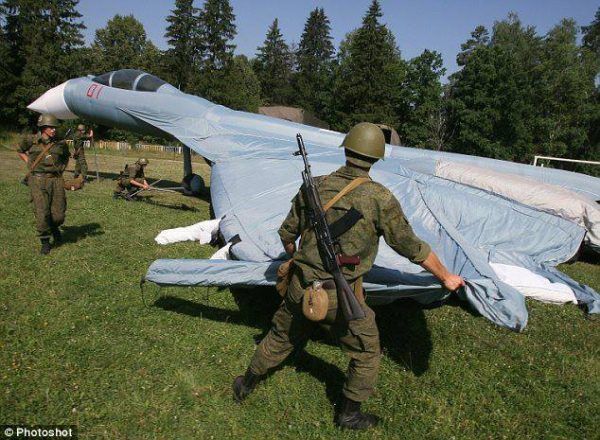An attack by a swarm of drones on two Russian military bases in Syria is raising a lot of questions in both Russia and the U.S.
The Ministry of Defence of the Russian Federation has also suggested a possible U.S. role in the drones’ attacks.
Ten drones rigged with explosives targeted the Russian air base Hmeimim, where Russia launches most of its airpower in Syria, and another three drones attacked the Russian Naval CSS point in nearby Tartus on January 5, 2018, according to the Russian Defence Ministry.
The drones used in the attacks were custom-built winged models, designed to fly like airplanes rather than helicopters, and were powered by small engines. They carried miniature bombs that were programmed to drop at preplanned coordinates.

The Russian government said it shot down several of the drones and was able to control the rest and land them safely without further incident. Russian electronic warfare specialists, possibly a part of a new counterdrone unit, may have been able to hack the drones, allowing three to be captured by Russian troops intact, with their bomb payloads still on board.
There were no casualties or damages suffered at either Russian base.
Syrian rebels are believed to be behind the drone swarm attacks and the village of Muwazarra in the southern Idlib province has been identified as the launch site.
Russia intervened in the Syrian civil war on the side of the Syrian regime in late 2015 and has maintained a presence in the country ever since.
Russia intervened in the Syrian civil war on the side of the Syrian regime in late 2015 and has maintained a presence in the country ever since.
The Russian Defence Ministry suggested that the U.S. may have played a role in the attack by saying the rebels would have needed the help of “countries with high technological capabilities.” The ministry also called it a “strange coincidence” that a U.S. military plane was reported to be in the area around the time of the attack.
Joint Chiefs Chairman General Joseph Dunford called General Valery Gerasimov, his Russian counterpart, possibly to discuss the attack.
Marine Lieutenant General Kenneth McKenzie, the Pentagon’s Joint Staff director, would not discuss what the call was about but stressed that “the U.S. had nothing to do with the attacks on the Russian air base and that’s a flat assertion, and I want to be very clear on that.”

The attacks are concerning because they may signal a new era in warfare. The United States, Russia, and China have all invested in researching and developing low-cost drones that can communicate and attack targets in swarms. Mass- produced and easy to manufacture means that parties other than governments could also use this as a method to carry out attacks on the battlefield and potentially in a terrorist attack.

The threat from drones has increased in recent years, as demonstrated by Islamic State drones dropping grenades on U.S.-backed forces in Iraq and Syria last year. The threat becomes even more substantial when you factor in the capabilities of “swarms” of drones – attacks by a number of drones great enough to overwhelm air defense systems. The low cost and technology requirements to make small drones allows terrorist groups, rebels, and insurgents to produce them in numbers great enough to make this a real possibility.
















